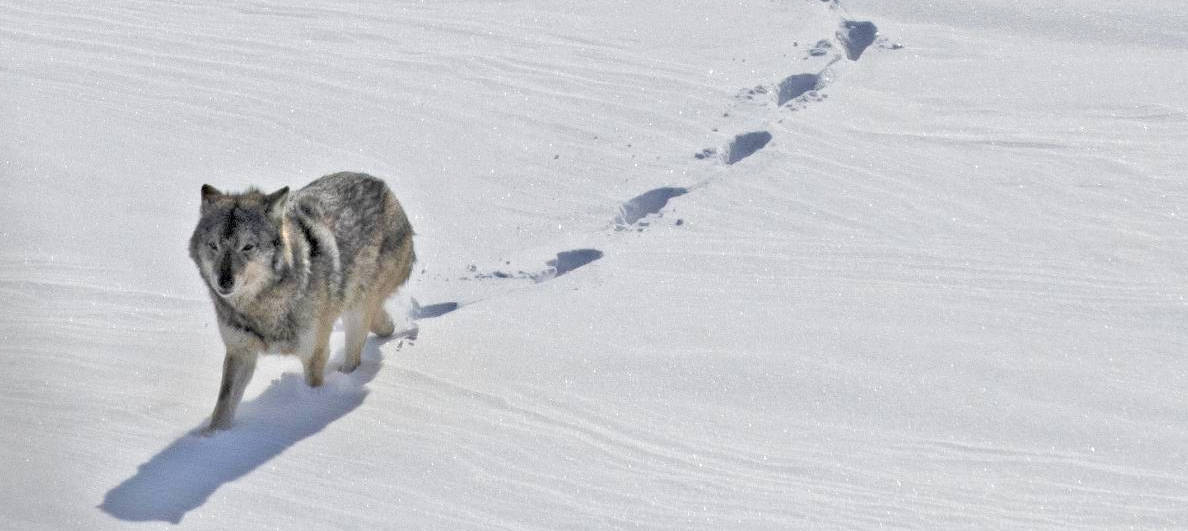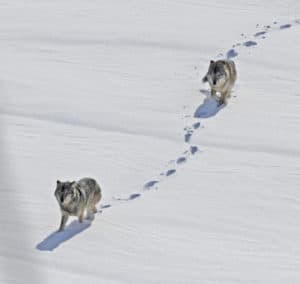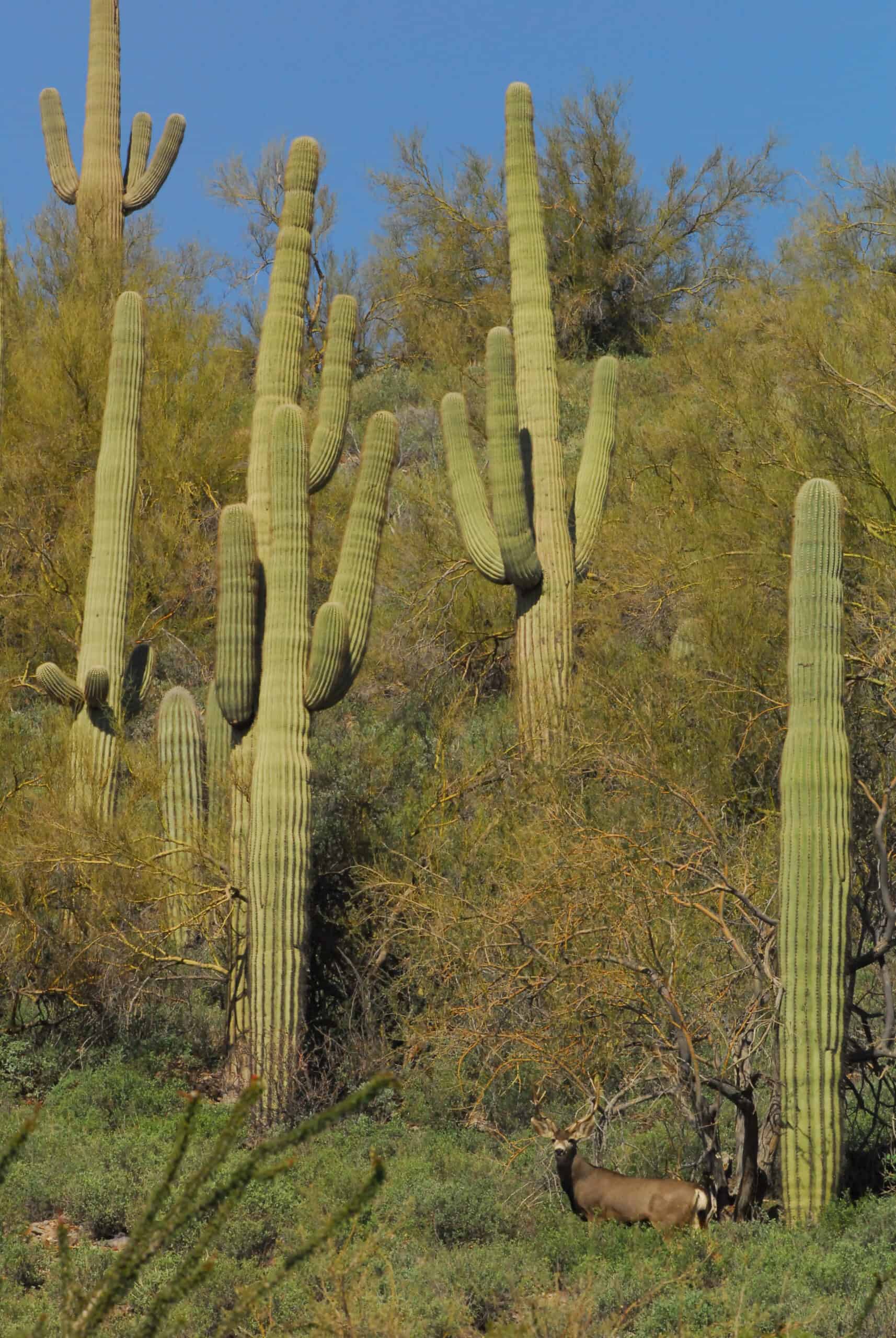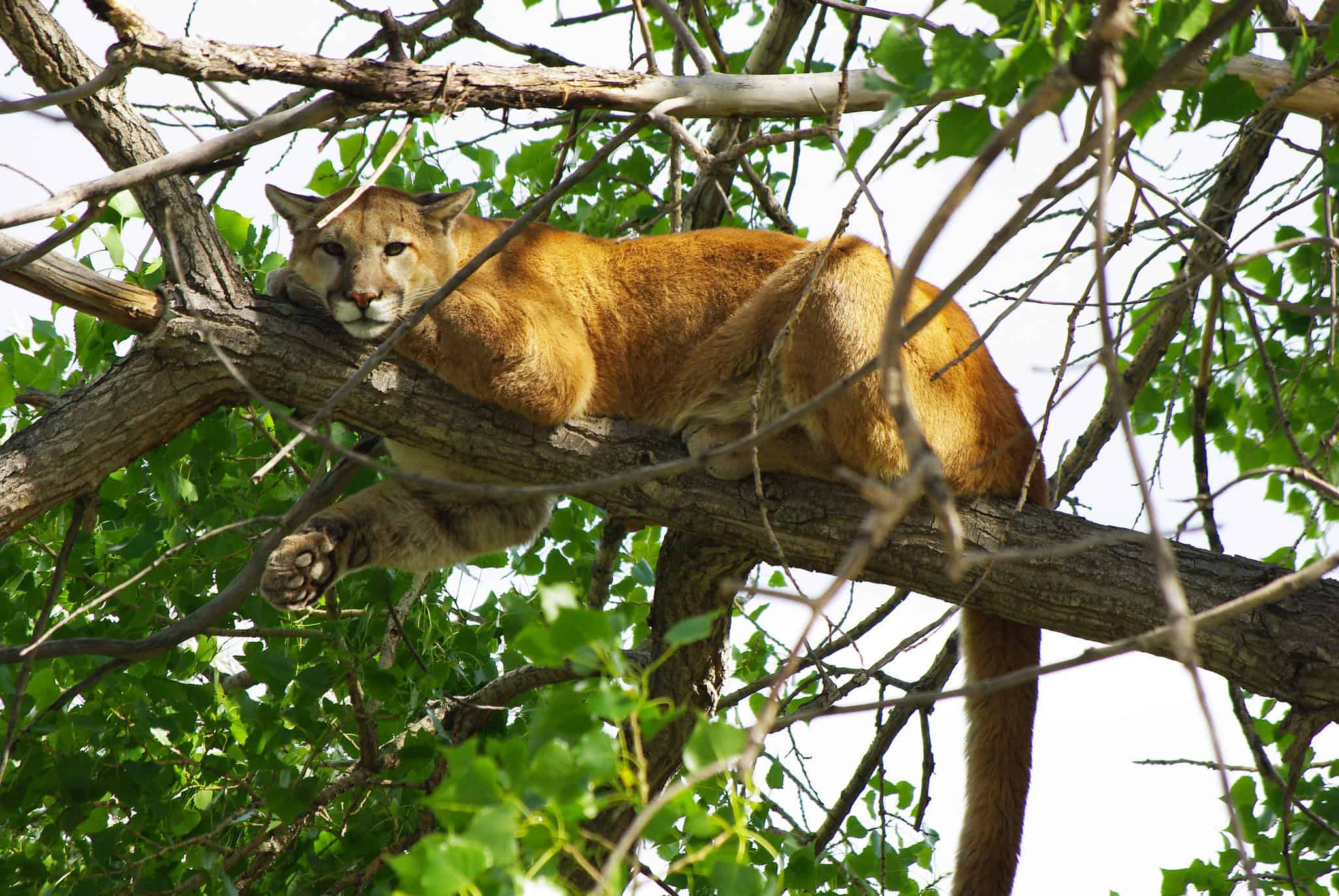Share this article
Isle Royale’s moose numbers grow, despite introduced wolves
Moose populations continue to increase at Isle Royale National Park despite efforts to control their numbers through the introduction of wolves.
According to the latest annual report, moose (Alces americanus) numbers on the Michigan island in Lake Superior are up to 2,060 animals.
Meanwhile, wolf (Canis lupus) numbers sit at 15 individuals after a number of new animals were introduced by the National Park Service in recent months.
“They are self-organizing now, and nobody has any control over them,” said Rolf Peterson, a wildlife biologist at Michigan Technological University who worked on the survey as part of a collaboration between the college and the National Park Service. “What has to happen is for wolves to start to reproduce and organize into packs.”

Lake Superior reached approximately 95% ice cover during the 2018-2019 winter — a rarity in recent winters. The absence of ice bridges has made it harder for wolves to reach Isle Royale from the mainland, allowing their population to decline, but ironically, the reappearance of ice last winter allowed an introduced female wolf to leave. ©Sarah Hoy/Michigan Tech
The wolves on the island, which lies just south of the Canadian border and 20 miles from the Ontario shore, have been a part of a saga. While the island used to connect with the mainland to the north most winters via an ice bridge that allowed new wolves to enter and bolster the Isle Royale population, warmer temperatures have blocked off new recruitment in recent decades.
As the wolf population dropped, the moose population exploded, jumping up about 19 percent every year since 2012, including the most recent survey. Their overabundance resulted in the moose consuming saplings of balsam fir and other plants before they could, causing the forest canopy to suffer. Invasive grasses have begun to take over the area. The moose are even outcompeting beavers (Castor canadensis) for food.
Meanwhile, the wolf problem came to a head in 2016, when only two closely related wolves remained on Isle Royale. A single pup, which was an offspring of the pair, died a year earlier, due possibly to health complications from inbreeding.
The Park Service made a plan to restore 20 to 30 wolves to the island and brought the total population to 15, including the original two, over several successive introductions in recent months.
Peterson said the moose population will likely continue to increase for the next few years due to past momentum.
“The wolves will have an effect primarily by killing moose calves and decreasing the annual recruits,” he said, adding that the wolves will also start to take down more adults as they get weaker with age.
The researchers found 10 moose were killed in February, an increase from the previous year, suggesting that the trend may start to reverse soon.
“That’s what we’d expect wolves to do, and they are doing it,” Peterson said. Once the wolves start to form into packs, they will be able to take down more moose. He said the island can likely sustain three or four wolf packs.
Researchers also fit 20 adult moose with radio collars to gain a better understanding of the population.
Header Image: A newly introduced gray wolf, followed by a second one not visible, walks through deep snow on Isle Royale. ©Rolf Peterson/Michigan Tech









